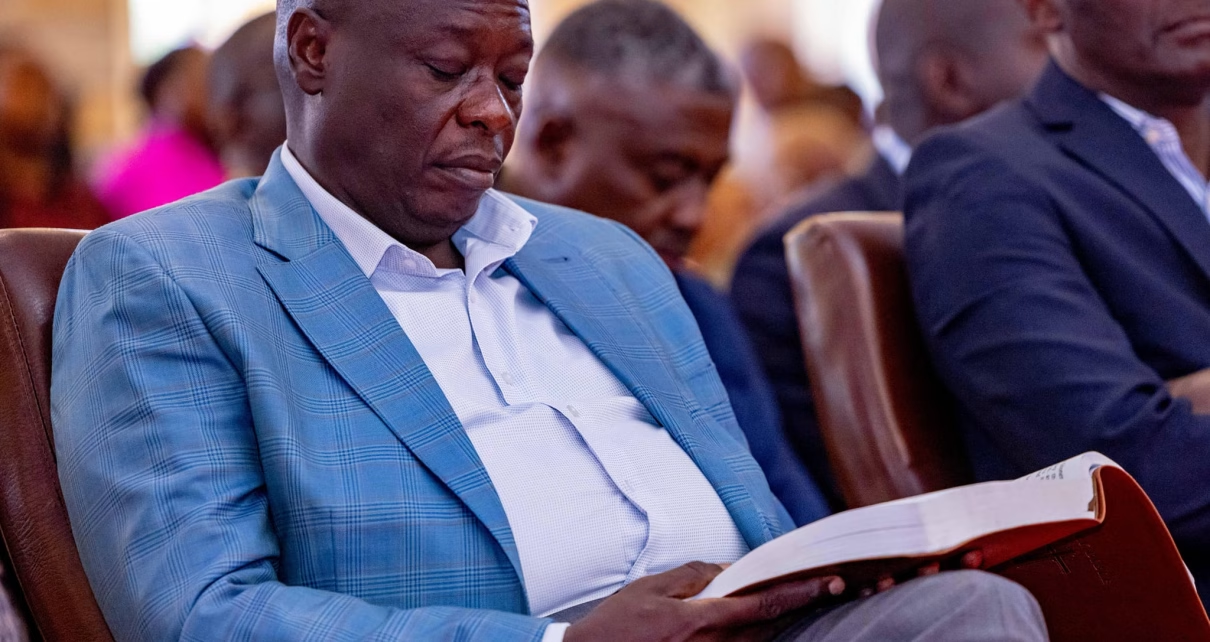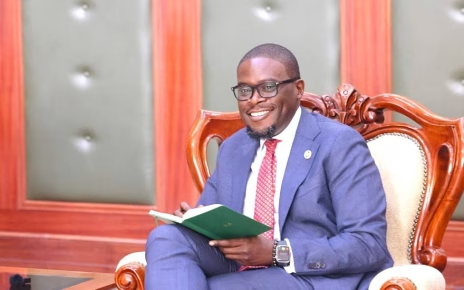Members of Parliament (MPs) have started the process of removing deputy president, Rigathi Gachagua, from office. The silent whispers have now grown into a loud song with everyone joining the chorus.
The mover of the Gachagua impeachment motion is Mwengi Mutuse. The first term MP was elected on the Maendeleo Chap Chap (MCC) party ticket. MCC is an affiliate party of the Kenya Kwanza coalition, founded by the current Labour CS Alfred Mutua.
The rift between the DP and President William Ruto widened after his accusers condemned him of having a role in June’s deadly anti-government demonstrations dubbed “Gen Z”. The protests that shocked the world, were pointed back at him with other allegations of corruption, undermining government and promoting ethnically divisive politics also coming into play.
The DP, however, has continually dismissed the allegations on grounds of lack of goodwill and witch-hunt. Multiple efforts to stop the impeachment attempt through the courts have failed.
Gachagua Impeachment Motion in Parliament
The speaker of the National Assembly, on Tuesday, allowed for the proceedings to begin after the motion was backed by 291 MPs. The required threshold for the motion was 117 MPs.
The opposition has joined forces with the ruling party following the recent protests and their nomination to Cabinet. The impeachment is therefore expected to sail through both houses of parliament.
No date yet for when that will take place.
Impeachment Motion Procedure
Though the President and his deputy were elected as a tag team, the Constitution still provides a window for their removal. It is a detailed and rigorous process designed to uphold the principles of democracy.
The process ensures that any removal from office is carried out lawfully, transparently, and with just cause.
The DP can be removed from office under specific constitutional grounds:
- Gross violation of the Constitution or any other law
- Incapacity due to physical or mental health issues.
- Gross misconduct
- Crimes under Kenyan or International law
The DP Removal Process
The removal process is initiated within the National Assembly:
An MP must present a motion outlining the grounds for the removal, clearly stating the reasons and backed by substantial evidence.
For the motion to proceed, it must be supported by at least a third of all MPs to ensure that the motion has sufficient backing to warrant further consideration.
Once the motion has the necessary support, the Speaker of the National Assembly forwards the motion to the Senate within 2 days after it passes the threshold.
The Senate then forms a special committee of 11 members to investigate the charges against the Deputy President within 10 days.
The Deputy President shall have the right to appear and be represented before the special committee during its investigations.
The Senate then debates the committee’s findings. If the committee doesn’t find any substantial reasons for removal, the matter is dropped.
If the reasons are valid, the Senate shall accord the Deputy President an opportunity to be heard, before they vote on the impeachment charges.
The Senate has the last word. If a two-thirds majority, agrees with the committee’s findings, the DP is removed from office.
The President is required to nominate a new DP within 14 days if the office falls vacant. This nominee must be approved by the National Assembly within 60 days before ascending to office.
Unprecedented Times
Historically, no Deputy President has been removed from office using this constitutional provision. We are yet to see how this motion against Gachagua will pan out.
Rigathi has been conspicuously absent from seeing off his boss at the airport when he travels, and welcome him upon his return.
Interior Ministry CS, Kithure Kindiki, appears to be the President’s right-hand man at the moment and has taken up most of the DP’s responsibilities. History is repeating itself, where Ruto and Kenyatta fell out, in the past regime.



